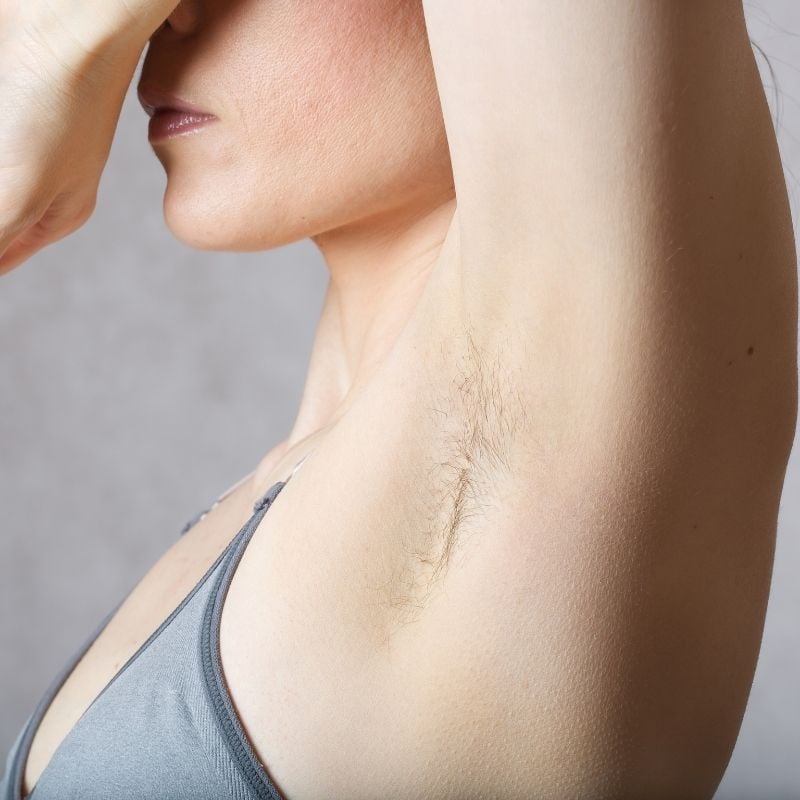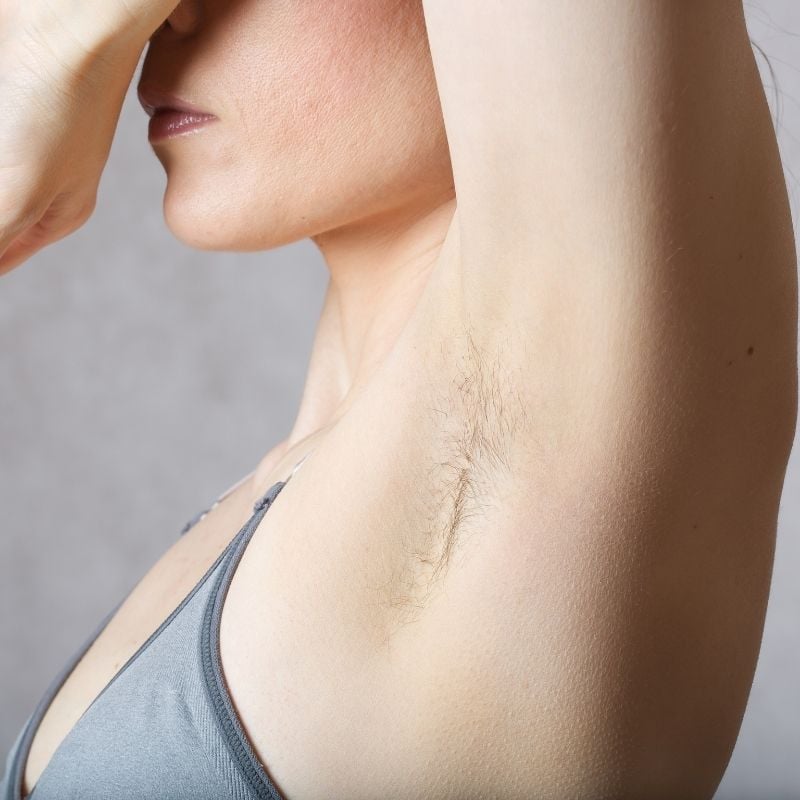Chemical peeling is a popular method used to lighten dark underarms by removing dead skin cells and promoting the regeneration of new skin. The procedure involves the application of a chemical solution that causes controlled exfoliation. While it can lead to smoother and more even-toned skin over time, some individuals may experience temporary hyperpigmentation after the treatment.
Why Hyperpigmentation Occurs Post-Peel:
Armpit Hyperpigmentation After Chemical Peeling (فرط تصبغ الإبط بعد التقشير الكيميائي) can occur due to increased melanin production triggered by skin irritation. The underarm area is particularly sensitive due to constant friction, shaving, and sweat accumulation. When the skin undergoes exfoliation, it becomes more vulnerable to external factors, sometimes leading to dark patches instead of the expected brightening effect.

The Normal Healing Process:
After a chemical peel, the skin typically goes through a healing phase. Initially, the underarm skin may appear red or slightly inflamed. This is followed by peeling, revealing new skin underneath. In some cases, pigmentation changes may be more noticeable before gradually fading. The full results of a chemical peel usually become apparent after several weeks, depending on the depth of the peel and individual skin type.
Factors Affecting Post-Peel Pigmentation:
Several factors influence how the skin reacts after a chemical peel. Skin type plays a crucial role, as individuals with darker skin tones are more prone to post-inflammatory hyperpigmentation. The type of chemical solution used, the frequency of peels, and adherence to aftercare instructions also determine the extent of pigmentation changes. External factors such as excessive sun exposure and friction can worsen discoloration.
How to Manage and Reduce Hyperpigmentation:
To minimize hyperpigmentation after a chemical peel, proper aftercare is essential. Keeping the underarm area moisturized with gentle, fragrance-free creams helps soothe the skin and prevent irritation. Avoiding deodorants containing alcohol or harsh chemicals can also reduce sensitivity. Additionally, using a broad-spectrum sunscreen, even for the underarms, protects the skin from further darkening due to UV exposure.
When to Expect Improvement:
Post-peel hyperpigmentation typically fades within a few weeks to months, depending on the skin's natural healing process. Consistency with skincare routines, including mild exfoliation and the use of brightening agents like vitamin C or niacinamide, can accelerate skin recovery. If the pigmentation persists beyond the expected timeframe, consulting a skincare professional may be necessary for additional treatment options.
Preventive Measures for Future Peels:
To avoid hyperpigmentation in future chemical peels, it is crucial to prepare the skin adequately. This includes discontinuing hair removal methods such as shaving or waxing a few days before the peel and maintaining proper hydration. Gradual exfoliation with mild products before the procedure can also help enhance the peeling process and reduce the likelihood of post-inflammatory pigmentation. With the right approach, chemical peels can be an effective solution for achieving brighter and more even-toned underarms.
Conclusion:
Armpit hyperpigmentation after a chemical peel at Health care clinic is a common yet temporary side effect that can be managed with proper care and patience. Understanding the causes, following an appropriate skincare routine, and taking preventive measures can help achieve optimal results. By giving the skin adequate time to heal and protecting it from further irritation, individuals can enjoy smoother, more evenly toned underarms in the long run.

